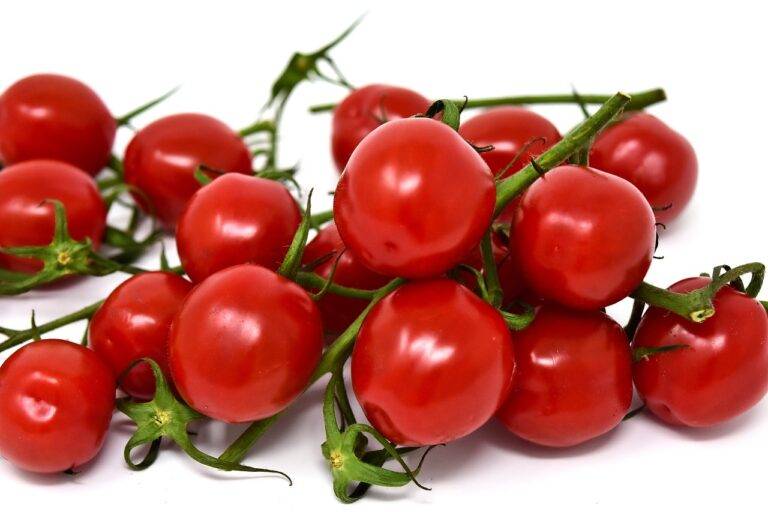The Benefits of Cooking with Seasonal Vegetables: Freshness, Flavor, and Nutrition
Eating seasonally not only supports local farmers but also ensures that you are consuming produce at its peak freshness. Seasonal vegetables are harvested at the right time, meaning they are more likely to have optimal flavor and nutritional value. By incorporating these vegetables into your cooking, you are not only treating your taste buds to the best flavors nature has to offer but also maximizing the health benefits of your meals.
When you cook with seasonal vegetables, you are promoting sustainability and reducing the environmental impact of food production. Since seasonal produce is more readily available and doesn’t have to be transported long distances, it helps lower carbon emissions associated with food transportation. By choosing to use vegetables that are in season, you are participating in a more eco-friendly way of eating that supports biodiversity and reduces the reliance on harmful agricultural practices.
The Impact of Seasonal Vegetables on Taste
Seasonal vegetables play a significant role in enhancing the taste of dishes. When vegetables are in season, they are at their peak freshness, resulting in better flavor profiles. Their natural sugars and flavors are more pronounced, providing a more vibrant and satisfying taste experience. Cooking with seasonal vegetables allows you to fully appreciate the unique and authentic flavors each vegetable has to offer.
In contrast, out-of-season vegetables that are grown in artificial conditions or transported long distances tend to lack flavor and can taste bland or even slightly off. By opting for seasonal vegetables, you are more likely to enjoy a richer and more enjoyable culinary experience. Their freshness and quality directly contribute to the overall taste of your dishes, creating a more delicious and wholesome meal for you and your loved ones.
How Seasonal Vegetables Retain More Nutrients
Seasonal vegetables offer a nutritional advantage due to their freshness and shorter time between harvest and consumption. This reduces the risk of nutrient loss that can occur during transportation and storage. As a result, seasonal vegetables tend to retain higher levels of vitamins, minerals, and antioxidants compared to their out-of-season counterparts.
The natural growth cycle of seasonal vegetables allows them to develop and mature fully before being harvested. This optimal ripeness at the time of consumption ensures that the vegetables are packed with essential nutrients. Additionally, seasonal vegetables are more likely to be grown in local and organic conditions, further enhancing their nutrient content and overall health benefits.
• Seasonal vegetables have a shorter time between harvest and consumption, reducing the risk of nutrient loss during transportation and storage.
• Due to their optimal ripeness at the time of consumption, seasonal vegetables retain higher levels of vitamins, minerals, and antioxidants compared to out-of-season counterparts.
• Being grown in local and organic conditions further enhances the nutrient content and overall health benefits of seasonal vegetables.
Why is cooking with seasonal vegetables important?
Cooking with seasonal vegetables ensures that you are consuming produce at its peak freshness and nutritional value. Seasonal vegetables are also more affordable and environmentally friendly.
How do seasonal vegetables impact taste?
Seasonal vegetables tend to be tastier because they are harvested at the right time, allowing their natural flavors to fully develop. They are also more likely to be locally sourced, which means they spend less time in transit and retain their freshness.
How do seasonal vegetables retain more nutrients?
Seasonal vegetables are harvested closer to their peak ripeness, meaning they have higher nutrient content compared to out-of-season produce that may have been harvested early and then artificially ripened. Additionally, seasonal vegetables are more likely to be consumed closer to their harvest date, further preserving their nutrient content.







